WELCOME TO MEOWCJCATS CATTERY
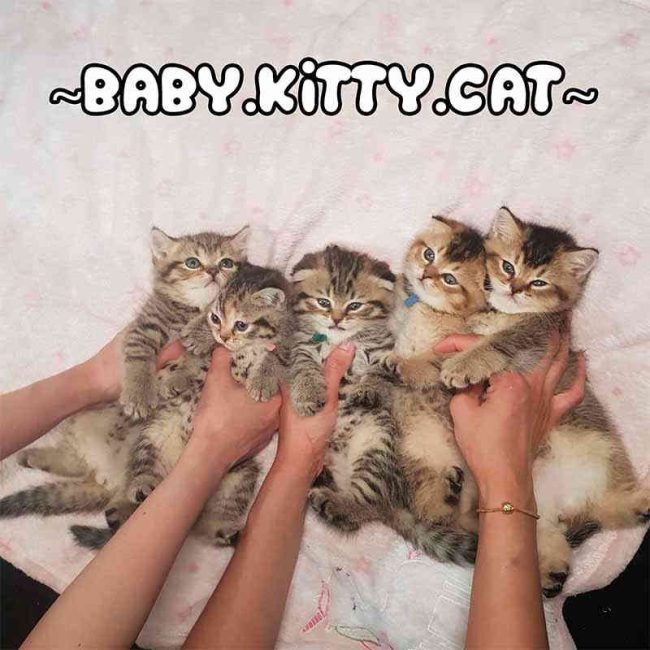
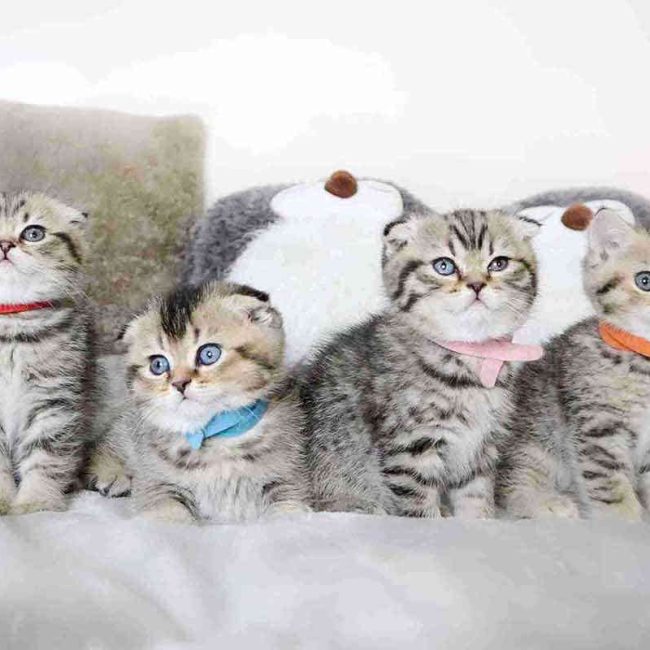
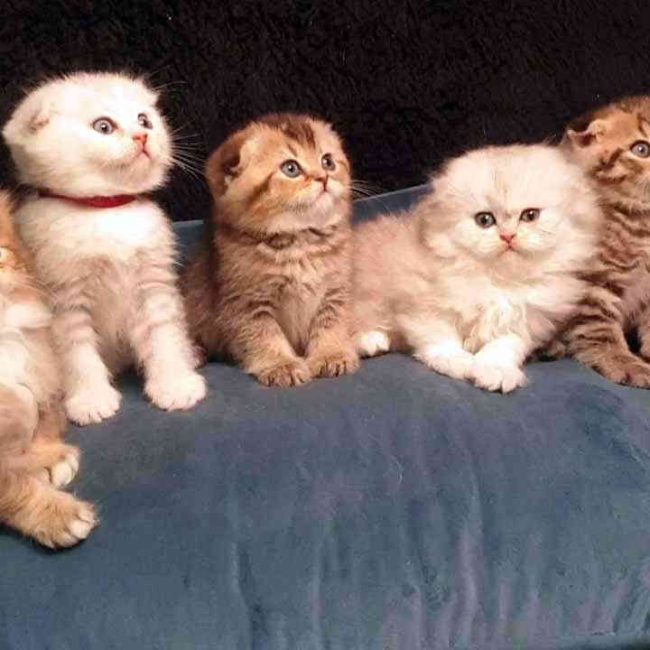

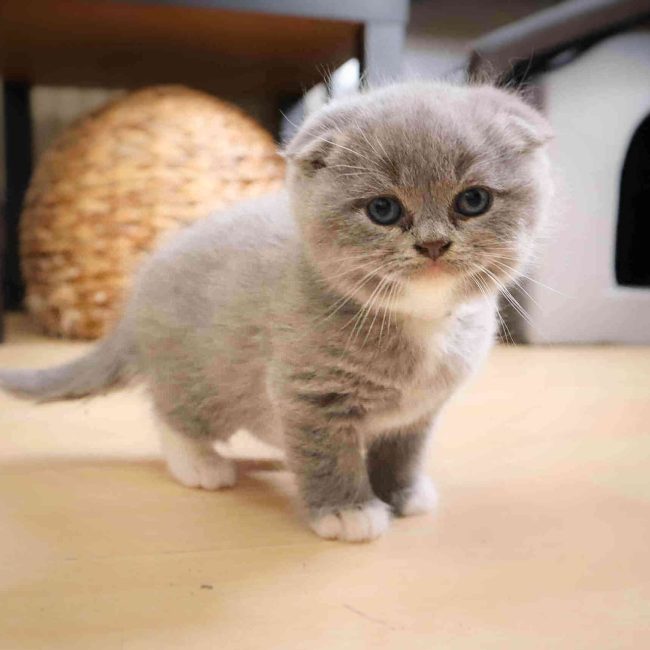
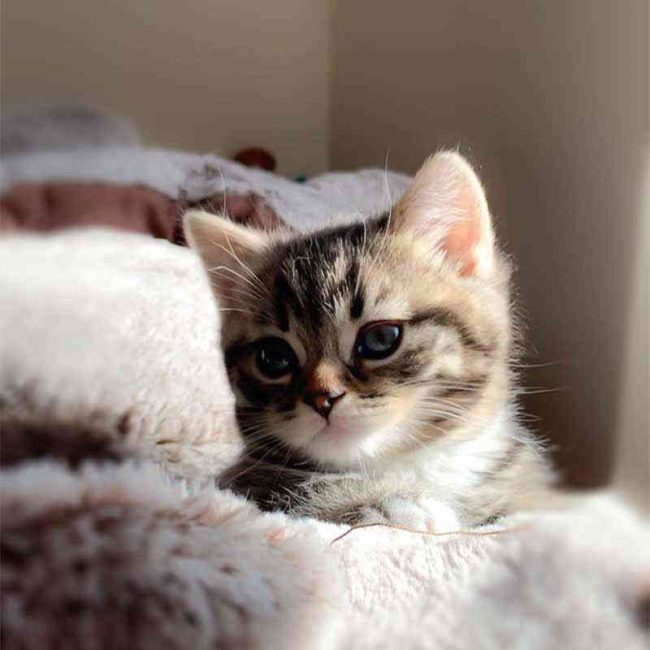
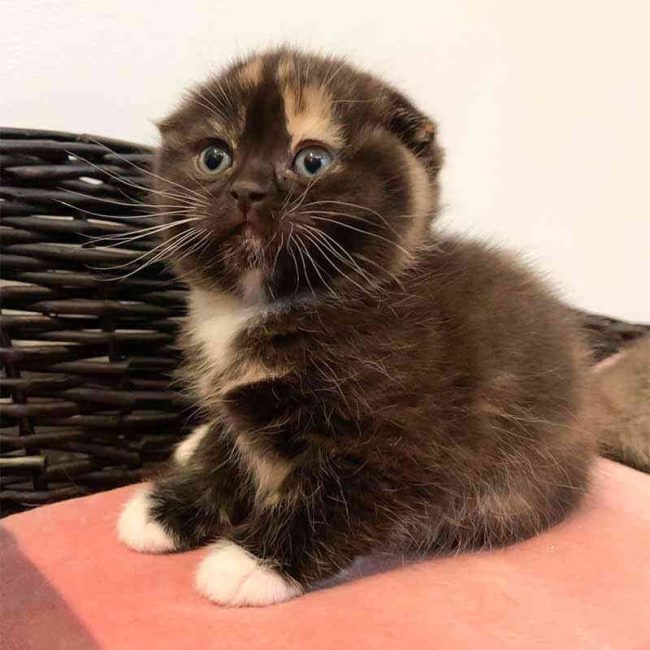
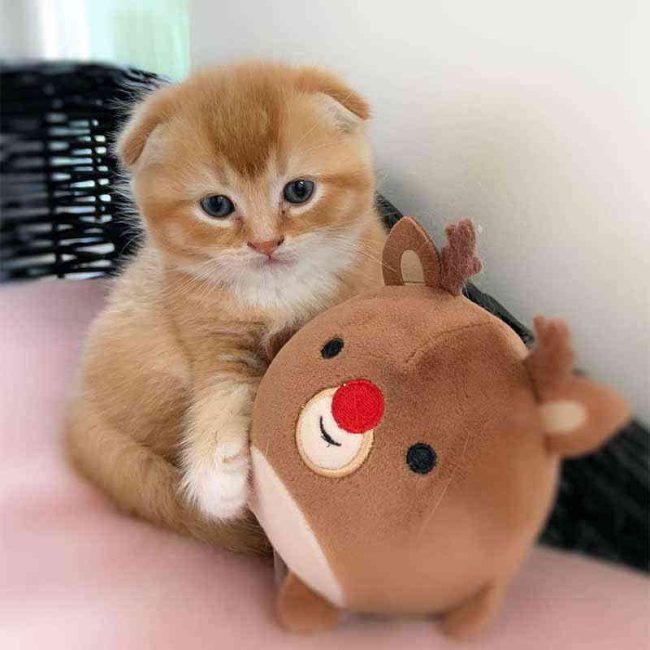
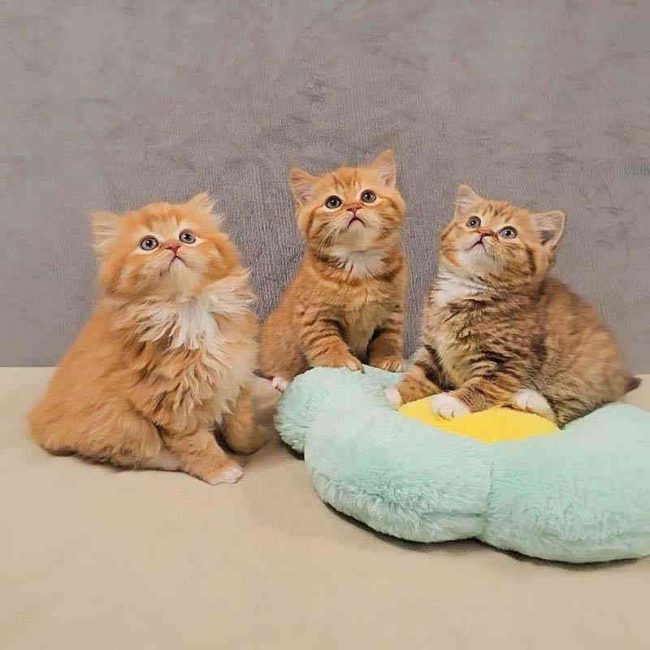
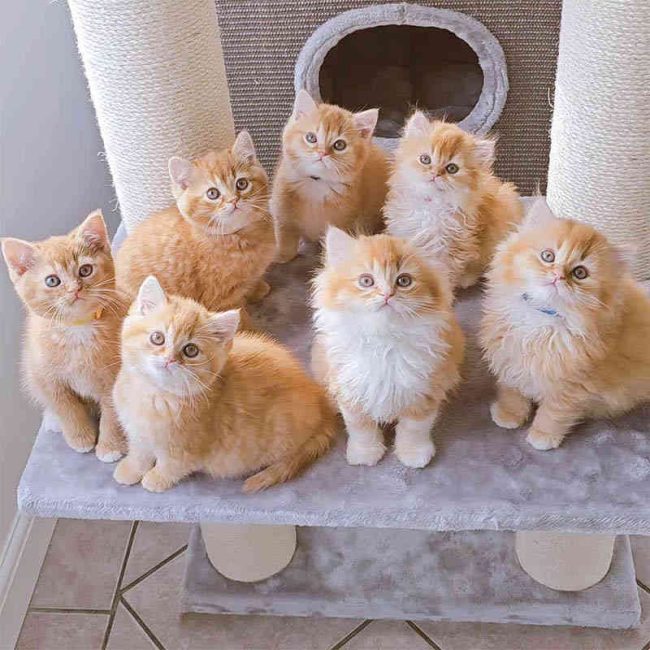
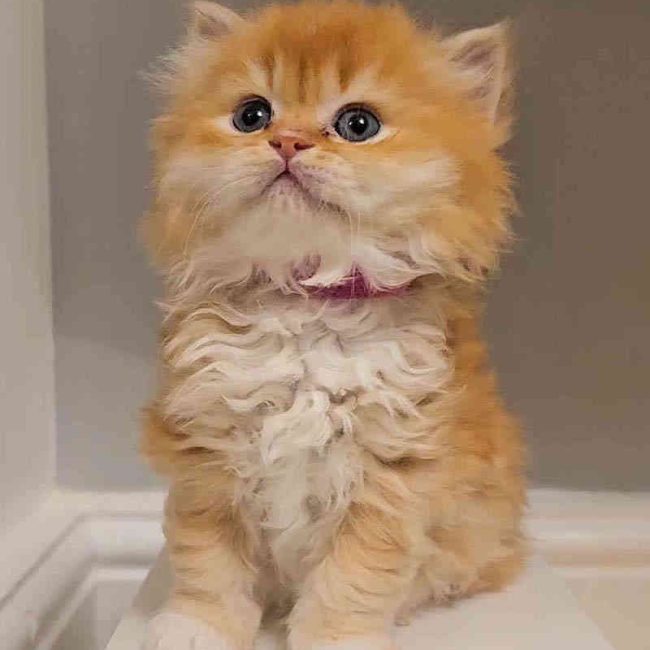
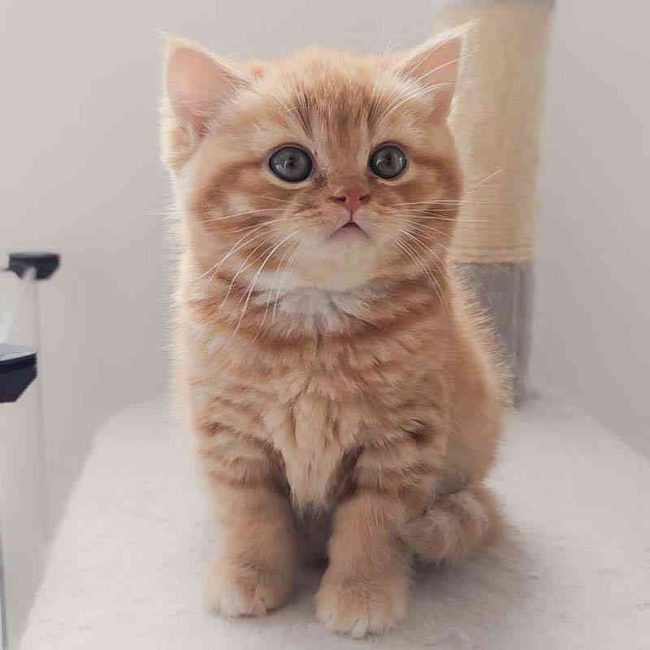

ABOUT US
British Shorthair/Longhair & Scottish Fold/Straight
We are a TICA-registered cattery located in the West Midlands, UK. Our cats and kittens are raised in a friendly, safe, and comfortable environment that helps them develop the best traits of their characters.
We take pride in continuing to breed healthy British Shorthair and Scottish Fold cats. Adhering to breeding guidelines is extremely important to us to ensure the perfect health of our kittens. Our goal as a breeder is to produce the healthiest and sweetest kittens, so that your family has nothing to worry about except enjoying the cuteness overload from having the sweetest kitten.
For more information or general inquiries, get in touch with us.
We constantly play with our kittens from a young age, so they become great pet companions; they are playful, active, and cuddly. The kittens are accustomed to everyday household noises as they are brought up in the home and regularly handled, ensuring they are well socialised.
All the kittens will be dewormed, vaccinated according to their age, and trained to use the litter box and scratch posts before going to their new families.
AVAILABLE KITTENS?
Please check our Instagram if any kittens are available.
Instagram > @meowcjcats
Thanks!
See below for more info
“What greater gift than the love of a cat.”
~ meow ~